The rich smell of carrots attracts the attention of a carrot fly. Insects themselves do not cause damage, but they lay eggs next to carrots and other sensitive crops (dill, celery, parsley). This pest is a widespread problem, and farmers have developed a number of methods to control them, including preventive ones.
Cause and symptoms of infection
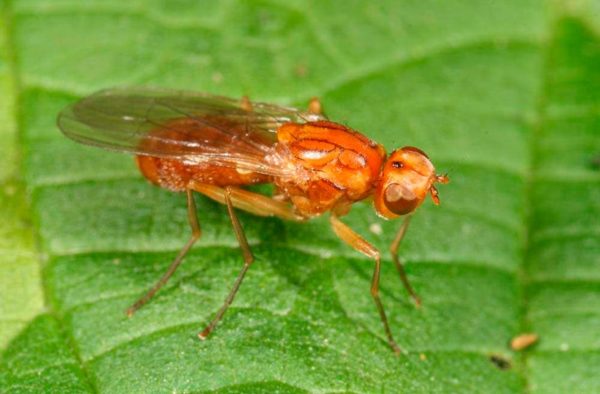
Carrot flies live in warm and humid places. The garden is an impeccable place for its existence. And the beds of carrots, not lacking in moisture, thickened with crops, just a paradise for a fly. It is here that it multiplies, and the insatiable larvae simply destroy the growing root crops.
Adult flies about 8 mm long, shiny black with a reddish head, orange legs and transparent wings. Females are attracted by the smell of the plant, and from the end of April to August they lay their eggs next to them. Larvae that cause damage appear after some time. They are 8-10 mm long, creamy white. Flies lay eggs 2 to 5 times per season. Larvae often winter in the roots.
When infected, the first sign is that the leaves of the carrots look orange, reddish, rusty. Then they turn yellow. When raising the affected vegetable, it is clear that the end of the root will be black or dark, the carrot itself will be red or purple. Upon careful examination of a seemingly good root crop, small lesions in the form of holes in the vegetable can be detected. If water gets into a bucket, the heavily damaged carrots will float to the surface.
Prevention and treatment methods

Prevention is the most effective method of combating this insect. Here are some of them:
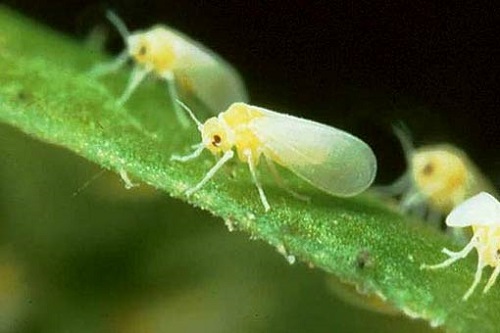 You may be interested in:
You may be interested in:- Companion landing. Recommended to grow carrots mixed with garlic, onions. The pest does not like the smell of these crops.
- Strategic landing dates. The period of activity of the fly begins from the end of spring and continues until the fall. Postponing sowing until the beginning of summer, you can bypass the first generation of pests.
- Crop rotation. Plant root crops in different areas every year to avoid wintering of pupae in the ground, hatched in the middle of a carrot crop.
- Persistent varieties. There are several resistant varieties - for example, “Flyaway”, “Resistafly”, “Maestro”, “Parano”.
- Rare landing. The need to thin out the beds should be avoided, as this enhances the odor that attracts the pest.
- Barriers. Protect vulnerable crops by surrounding them with high barriers made of transparent polyethylene to prevent low-flying female flies, or cover plants with a mosquito net.
Gardeners who love an environmentally friendly crop, use folk remedies fight carrot fly. The most effective methods of rescue from the parasite are the following:
- Mustard. Sprouting shoots should be sprinkled with mustard powder during the flight of the fly.
- Wood ash and tobacco. Mix these products in a 1: 1 ratio, the resulting mixture to sprinkle with young tops. This will prevent egg laying by carrot flies.
- Onion broth.Boiling water (1 liter) pour a couple of handfuls of husk, insist the broth for 24 hours, strain. Mix the broth with water 1: 1 and spray on the tops.
Chemistry should be used to destroy such flies only in extreme cases, when folk methods did not help. Often used such insecticides as Stefesin, Decis, Volaton.
In addition to chemicals, less harmful biological products such as Fitoverm are also used. Only 10 ml of this drug should be diluted in 5 liters of water, this is enough to process the beds with an area of 10-12 square meters.
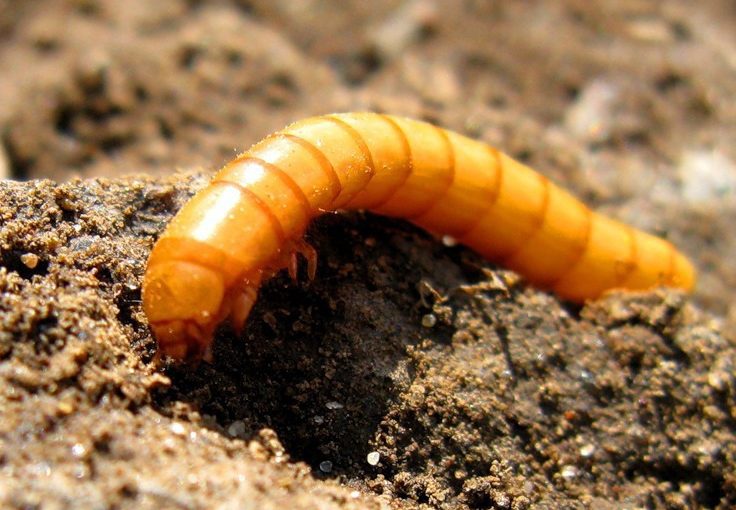 You may be interested in:
You may be interested in:Carrot fly is a dangerous pest. Its impressive productivity every year threatens the harvest. Even knowing the ways to combat it with folk remedies, it is not always possible to achieve a positive result. Moreover, it is difficult to overcome the pest even with chemicals if the processing frequency is not respected.

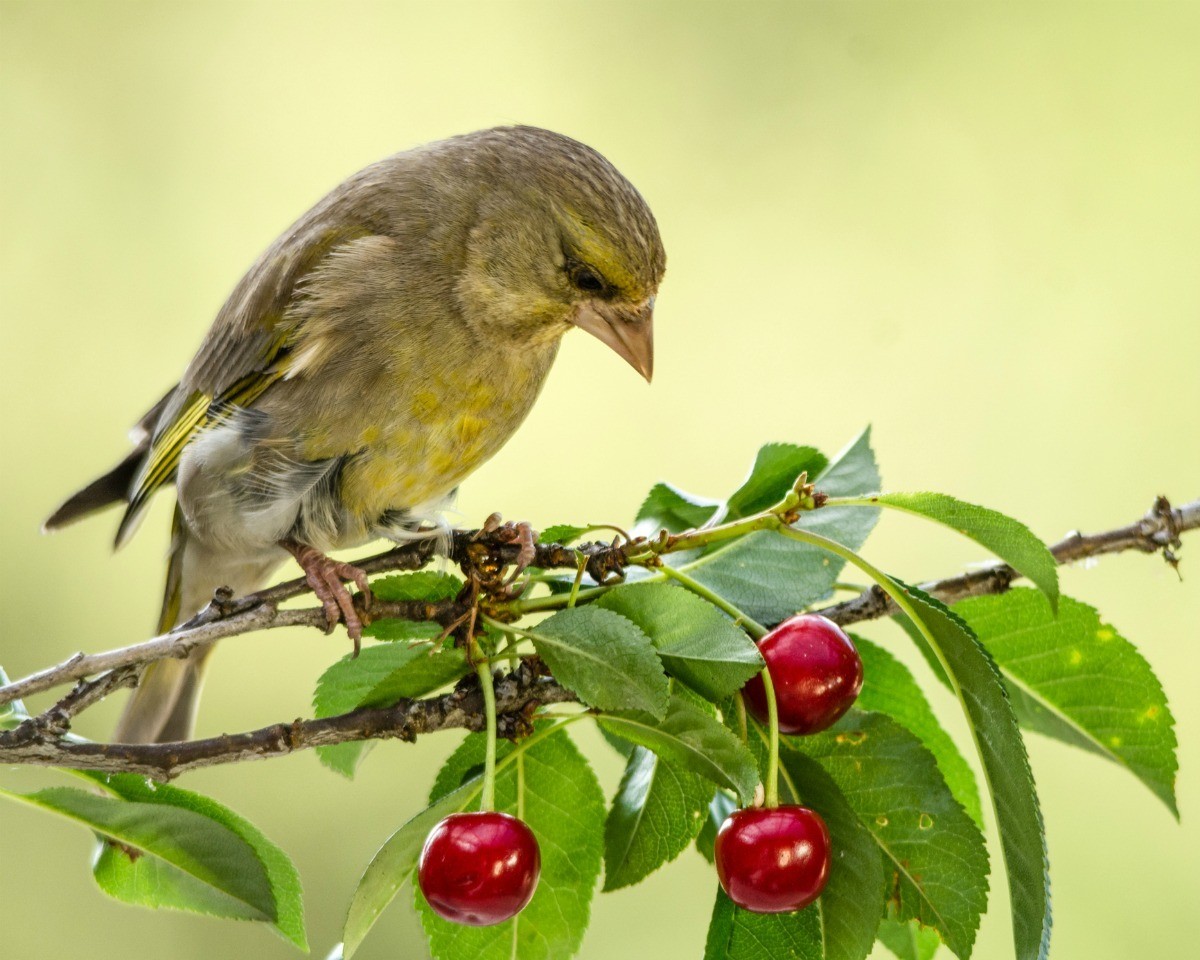
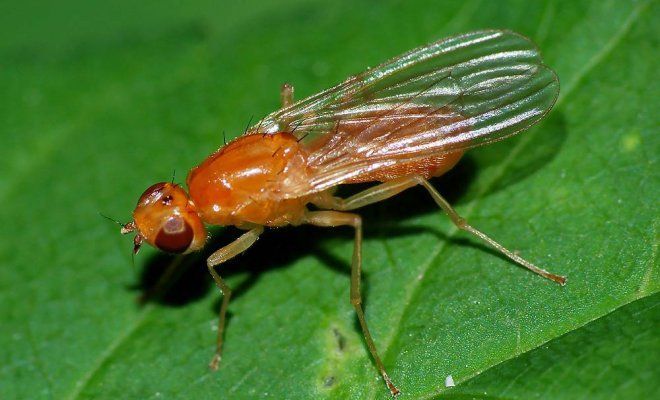
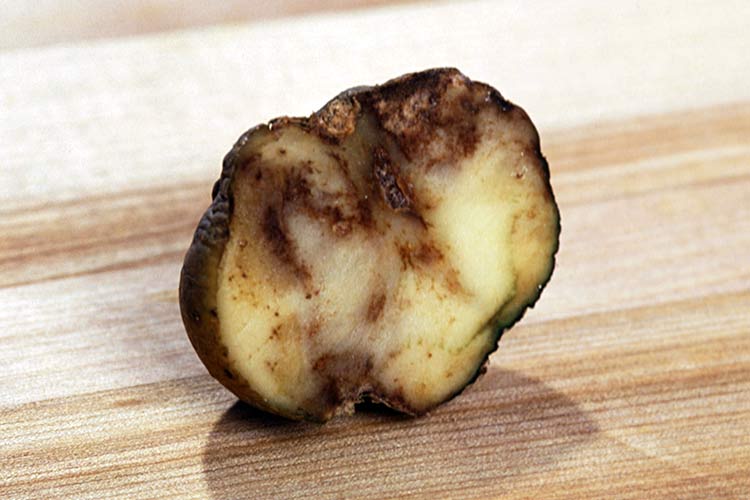
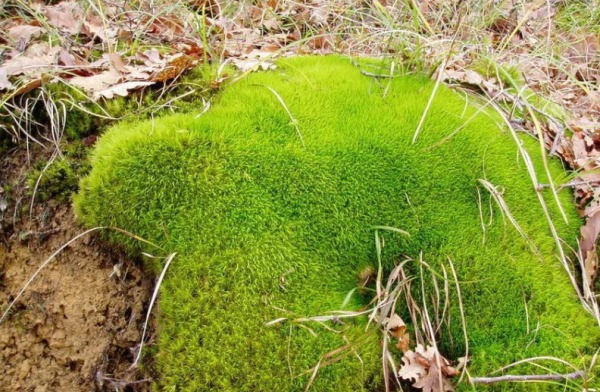 Where does moss come from in the garden and is it necessary to get rid of it?
Where does moss come from in the garden and is it necessary to get rid of it?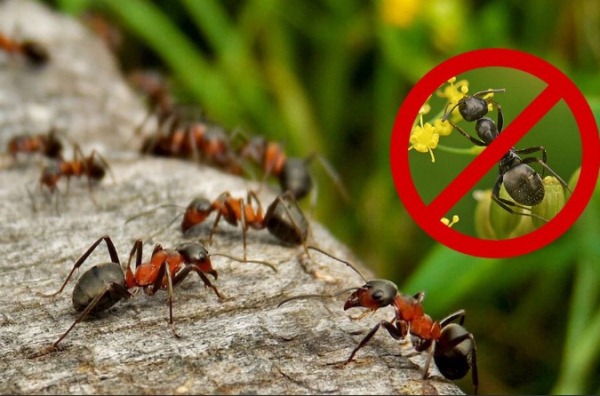 The most effective ways to deal with ants in the area
The most effective ways to deal with ants in the area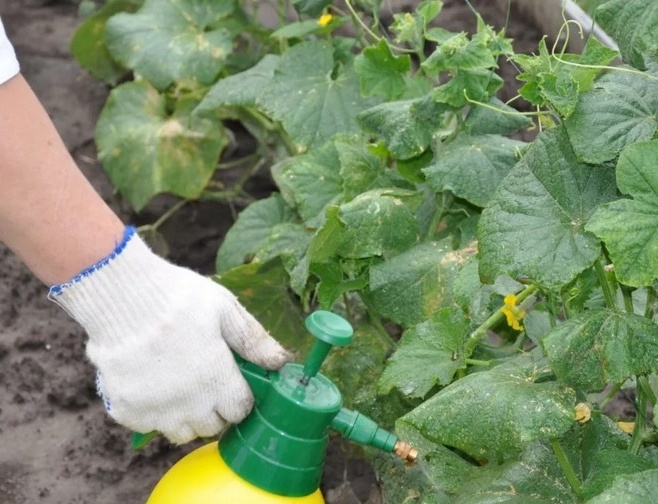 Cockchafer and Bear: An Easy Way to Save Plant Roots
Cockchafer and Bear: An Easy Way to Save Plant Roots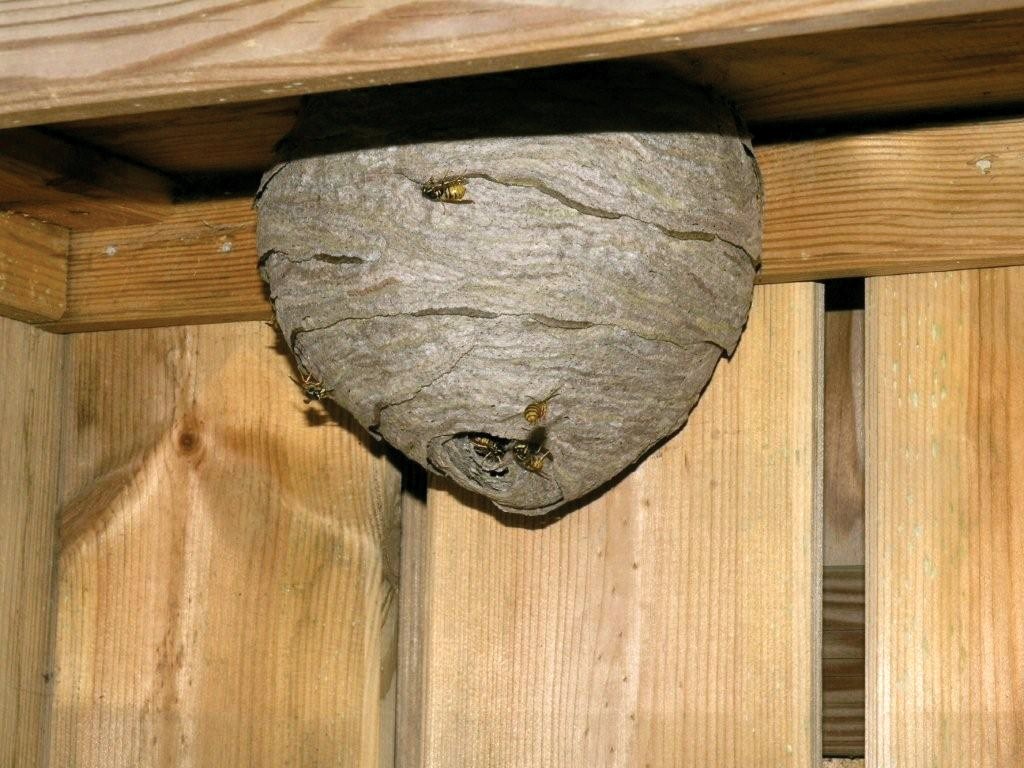 Get rid of the aspen nest quickly and safely.
Get rid of the aspen nest quickly and safely.